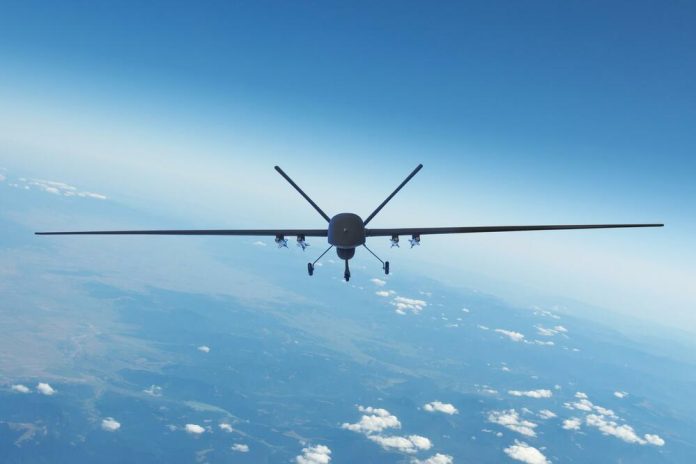The outbreak of war in Ukraine in 2022 has forced Europe and NATO to focus on their defence capabilities. Alliance members are now actively preparing new defence strategies and rearmament.
However, there are holes in NATO’s defence shield for Europe. Last year, Germany launched an air defence system that could plug those holes. Then, on the sidelines of the NATO meeting in Brussels, 15 countries signed a memorandum of understanding to create a European air defence system. Together with Germany, the memorandum was signed by Finland, Norway, Latvia, Belgium, Lithuania, Czech Republic, Romania, Estonia, the Netherlands, Hungary, the UK, Bulgaria, Slovenia and Slovakia. They were then joined by Austria, Denmark, Sweden and Switzerland.
German Chancellor Olaf Scholz, of the Social Democratic Party (SPD), spoke of the need to “increase security for all of Europe” and emphasised that a European air defence system would be cheaper and more effective than if each individual country built its own complex and expensive systems. However, Poland, France and Italy have not yet backed the initiative. The French government has criticised the fact that the technology for the project will be provided by the US and Israel.
The goal of ESSI is to create the most coherent system of defence against short-, medium- and long-range threats from the air. The German Ministry of Defence website defines close range as up to 15 km (9 miles) on the ground and 6 km in altitude. Medium range is 15-50 kilometres across and up to 25 kilometres in altitude. Long range is more than 50 kilometres wide and up to 35 kilometres high. The German Defense Ministry wrote:
“In all three areas, there are gaps in capability which the ESSI would close, or already means available which could be further developed or strengthened.”
For this purpose, it is necessary to replace the existing protection systems with modern ones. An example of such a replacement is the IRIS-T system. This system is capable of destroying incoming missiles, cruise missiles, drones, aeroplanes and helicopters at a distance of up to 40 kilometres and at an altitude of up to 20 kilometres. The price of one unit is about 145 million euros ($155 million).
The German parliament approved the purchase of 6 IRIS-T firing units in its budget in June this year. The German Air Force is already familiar with the system, as Germany has already sent two such units to Ukraine and trained Ukrainian soldiers in its use.
The Germans use Patriot (Phased Arraying Tracking Radar to Intercept on Target) for long range air defence. The system is considered very effective, but can still be modernised. The US-made land-based surface-to-air missile system can be used against aircraft, cruise missiles and medium-range ballistic missiles. Many armed forces have been using Patriot since 1984. Today, Germany has 12 Patriot launchers, which is definitely not enough to protect the skies over the whole country.
Defences against cruise missiles need to be readjusted. Cruise missiles fly at very low altitudes, so air defence systems detect them very late, and defence against them is usually only possible with modern systems such as Patriot or IRIS-T. Germany believes that comprehensive defence of the area is “extremely expensive and only possible with many systems, which shows the need for a multinational approach”.
Another gap in Europe’s defence is long-range ballistic missiles, which can also be guided to their target from outside the Earth’s atmosphere. The German Defense Ministry wrote:
“These gaps must be closed quickly, especially since Russia already has these weapons. Germany must be able to protect itself against the threat of missiles with ranges of more than 1000 kilometers more quickly than it had planned.”
The US-Israeli Arrow 3 missile defence system, which Germany is to commission by the end of 2025, will be used for this purpose. The Bundestag’s Budget and Defence Committee approved the purchase in June. Israeli sources say the cost will be around €4bn.
Arrow 3 is capable of destroying attacking weapons systems at an altitude of more than 100 kilometres, i.e. at the edge of space, just outside the Earth’s atmosphere, and has a range of up to 2,400 kilometres. Like the Patriot system, Arrow 3 operates with a mobile launcher, mobile control centre, mobile radar and guided missiles.
The countries that supported the European Sky Shield initiative plan to start joint co-operation to procure the weapons needed to cover a large area in the most cost-effective way. The needs of each country will be taken into account. ESSI participants will mutually support each other with defence systems and related munitions. It is expected that working together to procure and maintain these systems will allow them to save on purchase and operating costs.
